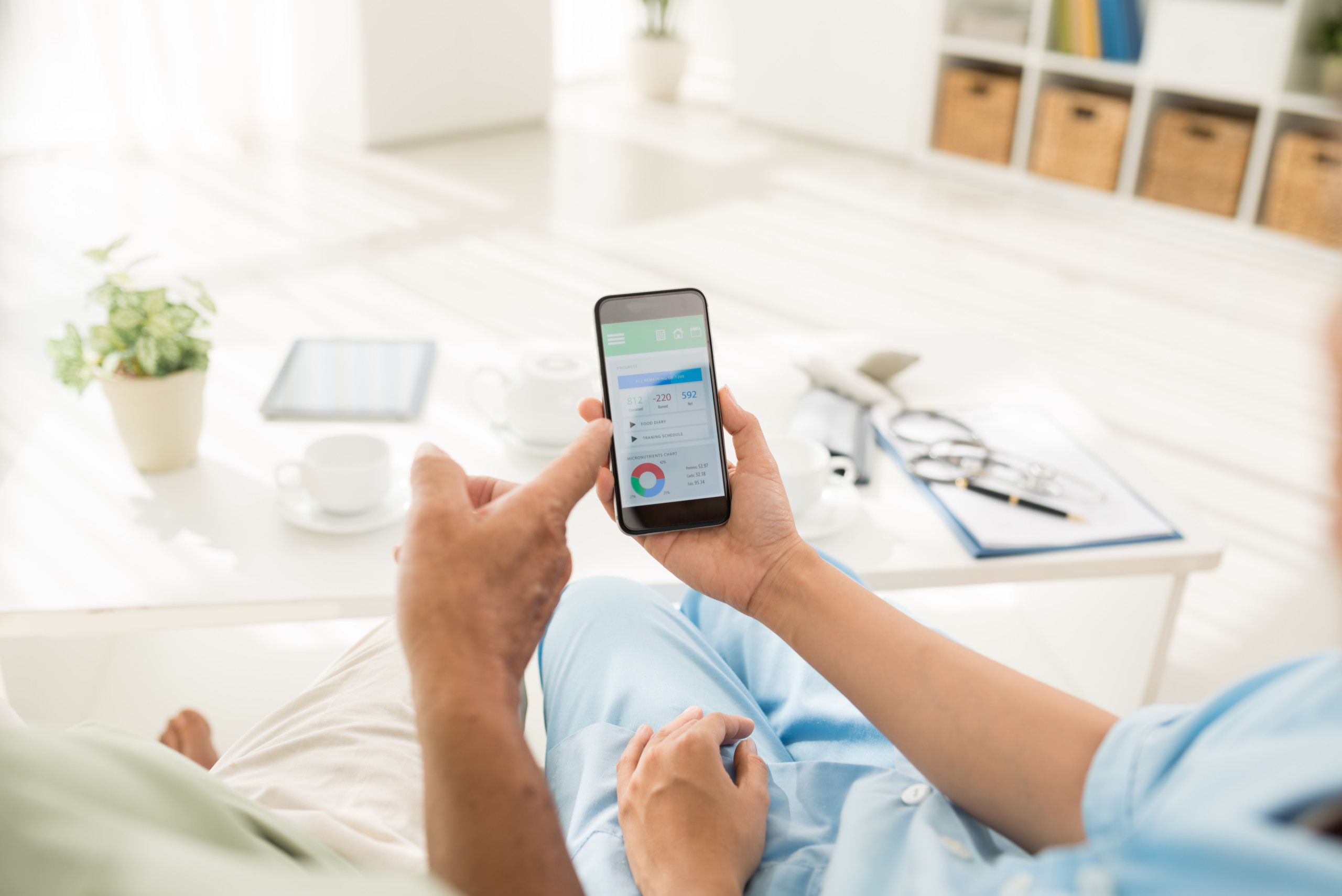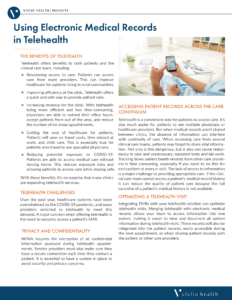Telehealth is a growing trend, and it’s easy to see why. During the COVID-19 pandemic, more people are accessing services online than ever before. This has increased the demand for telemedicine services. As telehealth technology becomes more widely available, integrating EMR records and improving functionality is an important next step.
The Benefits of Telehealth
Telehealth offers benefits to both patients and the clinical care team, including:
- Broadening access to care. Patients can access care from more providers. This can improve healthcare for patients living in rural communities.
- Improving efficiency at the clinic. Telehealth offers a quick and safe way to provide patient care.
- Increasing revenue for the clinic. With telehealth being more efficient and less time-consuming, physicians are able to extend their office hours, accept patients from out of the area, and reduce the number of no-show appointments.
- Cutting the cost of healthcare for patients. Patients will save on travel costs, time missed at work, and childcare. This is especially true for patients who travel to see specialist physicians.
- Reducing potential exposure to COIVD-19. Patients are able to access medical care without leaving home. This reduces exposure risks and allows patients to access care while staying safe.
With these benefits, it’s no surprise that many clinics are expanding telehealth services.
Telehealth Challenges
Over the past year, healthcare systems have been overwhelmed by the COVID-19 pandemic, and many providers switched to telehealth to meet this demand. A major concern when offering telehealth is the need to securely access a patient’s medical history.
Privacy and Confidentiality
HIPPA requires the encryption of all confidential information accessed during telehealth appointments. Service providers must also make ensure they have a secure connection each time they contact a patient. It is essential to have a system in place to avoid security and privacy concerns.
Accessing Patient Records Across the Care Continuum
Telehealth is a convenient way for patients to access care. It’s also much easier for patients to see multiple physicians or healthcare providers. But when medical records aren’t shared between clinics, the absence of information can interfere with continuity of care. When accessing care from several clinical care teams, patients may forget to share vital information. Not only is this dangerous, but it also can cause redundancy in care and unnecessary, repeated tests and lab work.
Tracking down patient health records from other care providers is time-consuming, especially if you need to do this for each patient at every e-visit. The lack of access to information is a major challenge to providing appropriate care. If the clinical care team cannot access a patient’s medical record history, it can reduce the quality of patient care because the full narrative of a patient’s medical history is not available.
Optimizing a Telehealth Visit
Integrating EMRs with your telehealth solution can optimize telehealth visits. Merging telehealth with electronic medical records allows your team to access information into one system, making it easier to view and document all patient information during telehealth visits. These records will also be integrated into the patient records, easily accessible during the next appointment, or when sharing patient records with the patient or other care providers.
Are You Ready for a 360 Degree View of Patient Medical History?
Telehealth is safe and easy to use. However, if your clinic incorporates telehealth into its practice, or if your practice exclusively uses telehealth, it’s critical to understand the complete picture of your patient’s past medical history to provide optimal care. Accessing complete patient medical history from across the care continuum lowers the risk of providing inappropriate or duplicative care, such as ordering a test the patient already completed with another physician.
You’ll need a robust system to integrate electronic medical record data with telehealth. Vivlio Health can help you access this data through an elegant and intuitive solution that aggregates medical record history across providers and health systems. With Vivlio you’ll get the right information at the right time, and get mission-critical data exactly when you need it.




